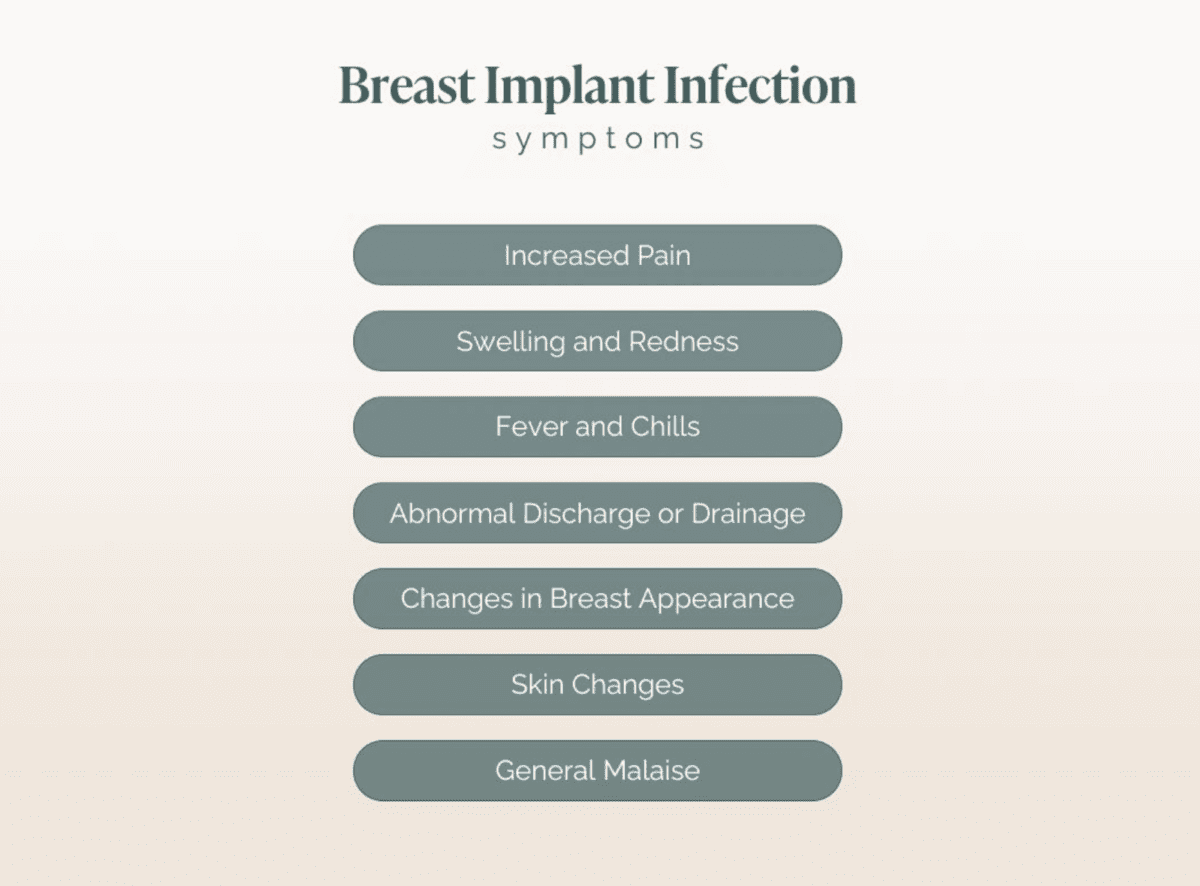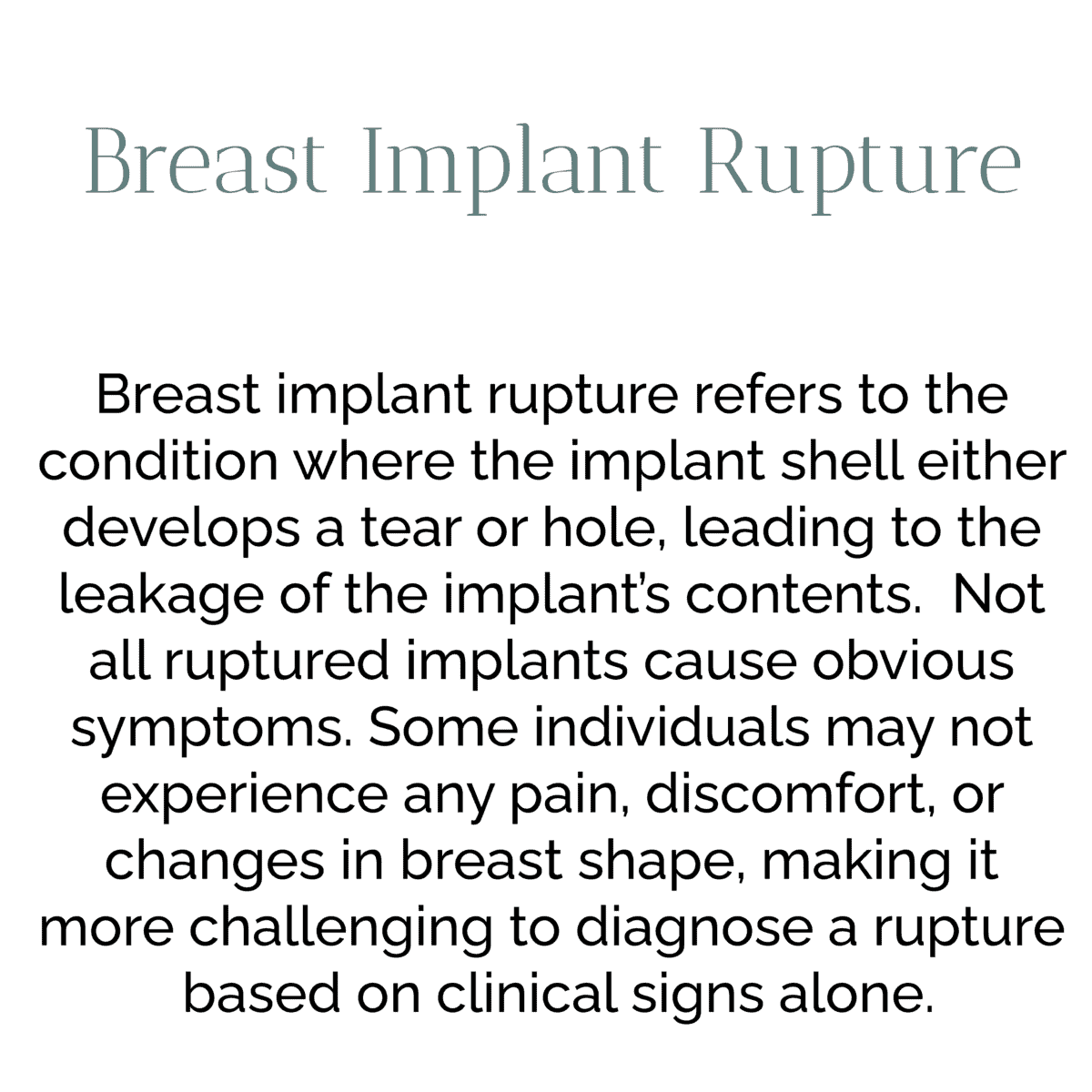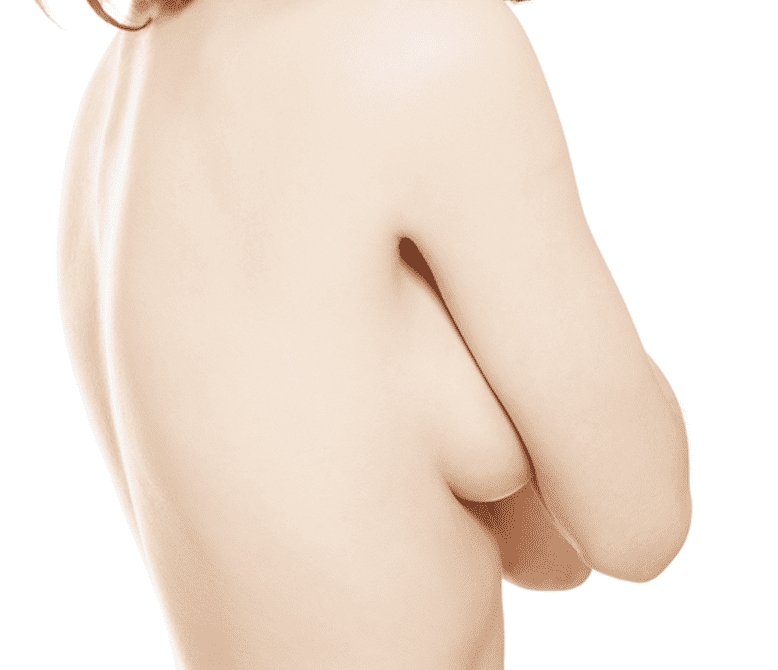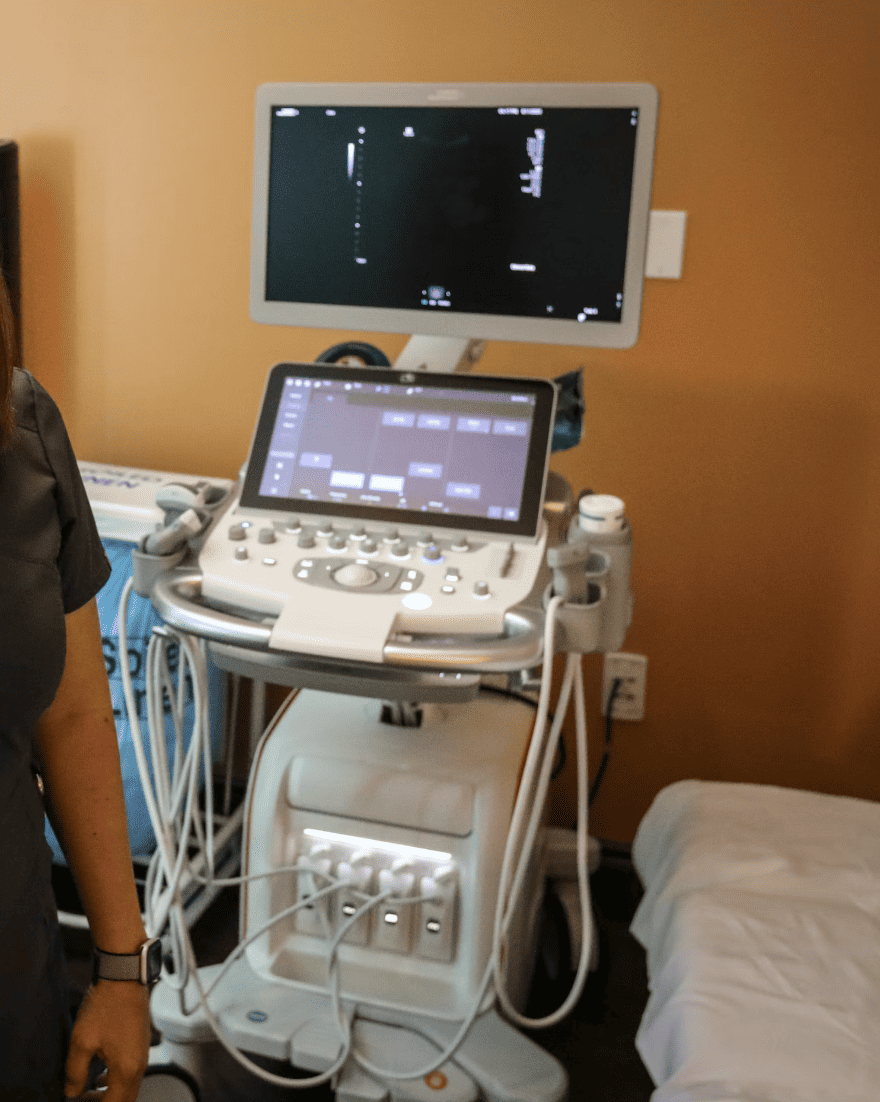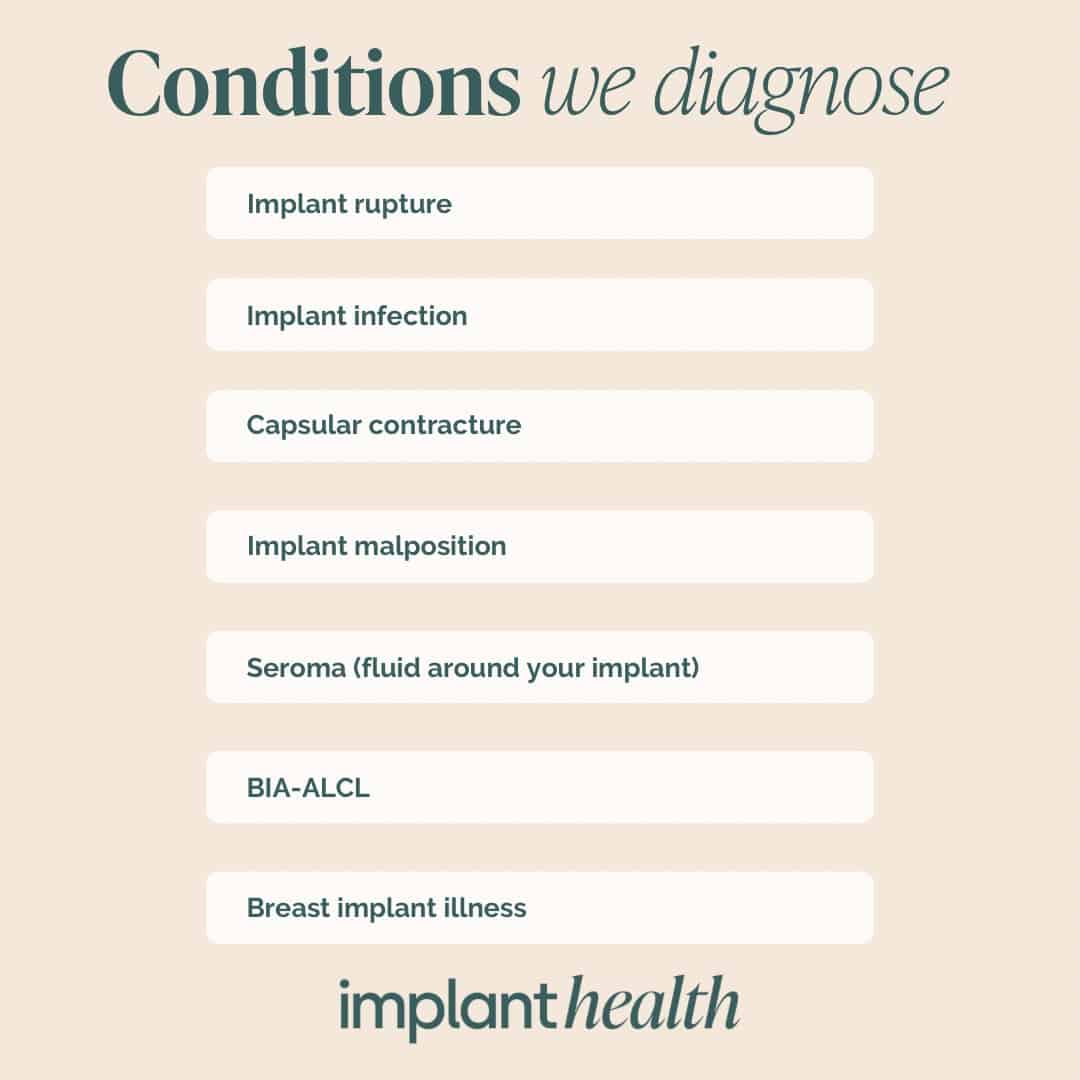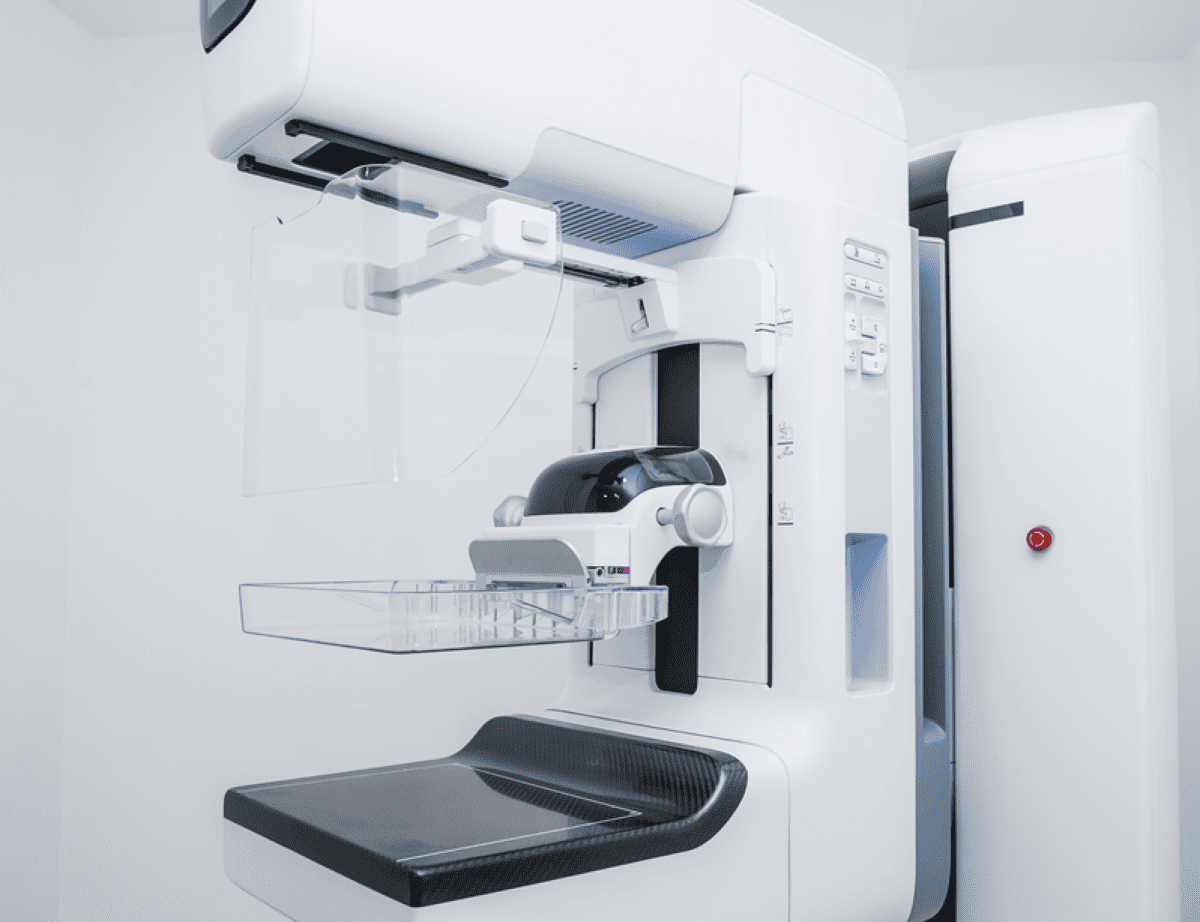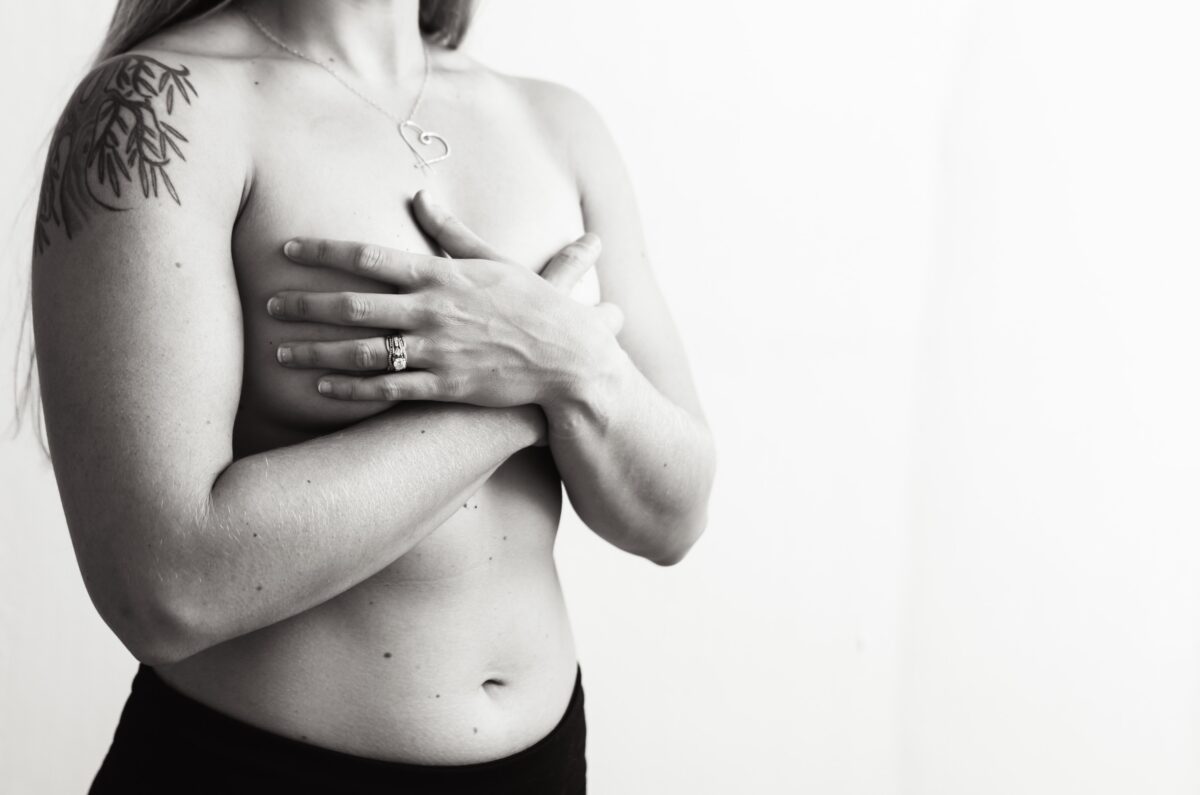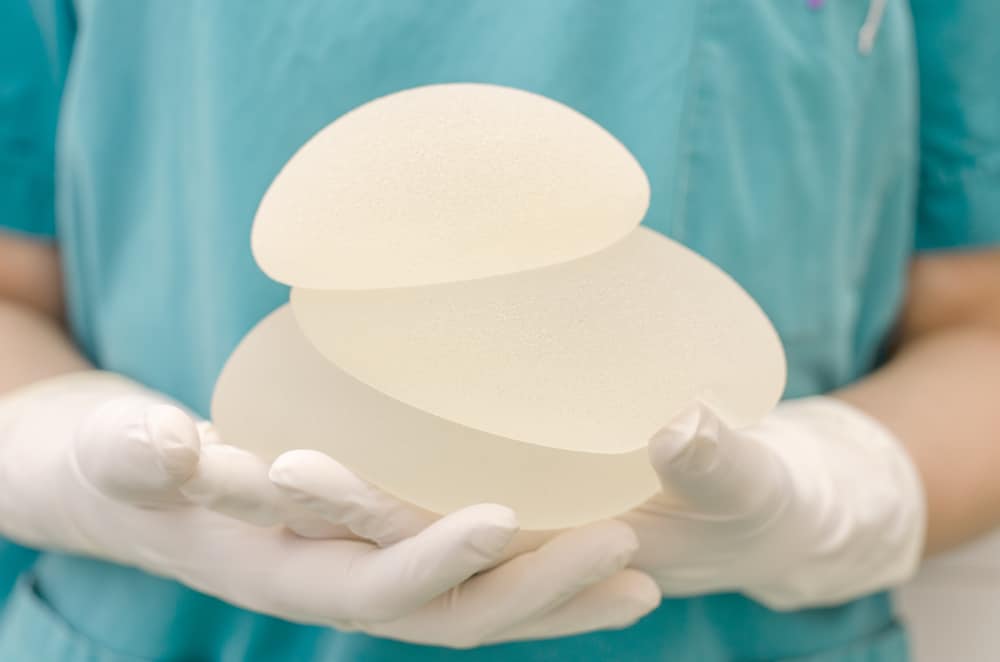How to Identify and treat Breast Implant Illness
Breast augmentation is among the most popular cosmetic surgeries in the world, with millions of women undergoing the procedure each year. While implants can enhance breasts’ appearance and boost your self-confidence, it’s only natural to wonder if they could cause any health issues down the line. The truth is that breast implant illness (BII) can occur in some patients, leading to a wide range of symptoms that can persist for years. In this article, we will discuss how to tell if you have breast implant illness and how to address it.
What is Breast Implant Illness (BII)?
BII is a term that describes a collection of symptoms that can occur in women who have breast implants. These include autoimmune diseases, chronic fatigue, joint pain, brain fog, skin rash, and hair loss, among others. The exact cause of BII is unknown, but it’s thought to be due to the body’s reaction to foreign materials in the implants.
How to recognize the signs of Breast Implant Illness
Breast implant illness symptoms may vary from person to person, but here are a few common signs that you may have BII:
- Chronic fatigue or exhaustion
- Joint and muscle pain
- Brain fog or memory problems
- Hair loss and skin rashes
- Digestive problems
- Susceptibility to infections
- Anxiety and depression
If you experience one or more of these symptoms, it’s crucial to talk to your doctor.
How to test for Breast Implant Illness
At present, there is no specific test for BII, which can make it difficult to diagnose. However, several diagnostic tests can help rule out other medical conditions. Your doctor may recommend a thorough physical exam, blood tests, and imaging tests such as X-rays, CT scans, or MRIs.
How to treat BII
If you’re diagnosed with BII, the first step is to remove your breast implants. This may lead to a significant improvement in symptoms for some women. After surgery, your doctor may recommend additional treatments to address your remaining symptoms. These could include medication for pain relief, a healthy diet and exercise, stress management techniques, and alternative therapies such as acupuncture or massage.
How to prevent BII
The best way to avoid complications from breast implants is to make an informed decision before getting them. It starts by asking a lot of questions of your surgeon and researching different types of breast implants and their potential side effects. Additionally, take care of your body, keep a healthy lifestyle, and undergo regular checkups.
Breast implant illness might be scary, but it’s crucial to understand that it’s a rare condition. It’s also essential to know its signs and symptoms to catch it early and take necessary precautions. If you’re experiencing any of the BII symptoms, visit our clinic immediately. At the end of the day, being informed and proactive can help you make the best decision for your health and well-being.
